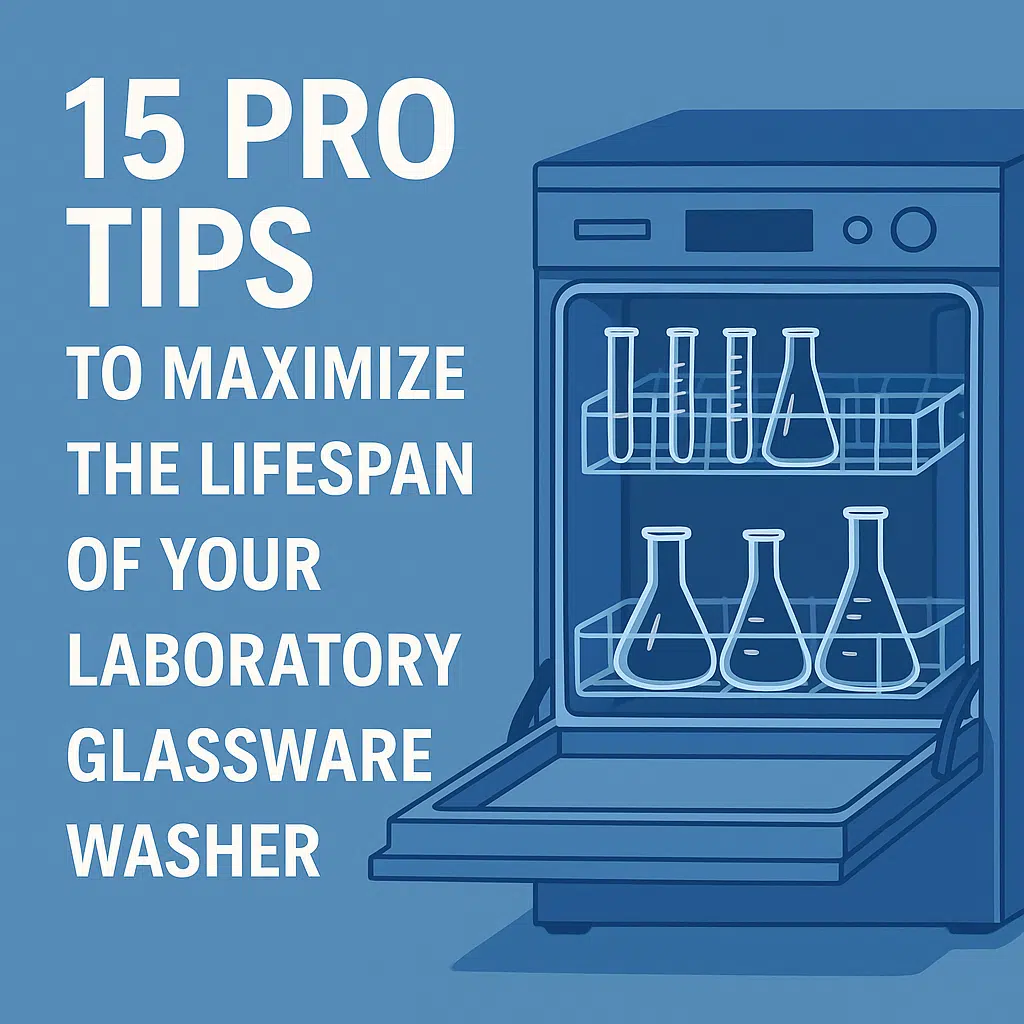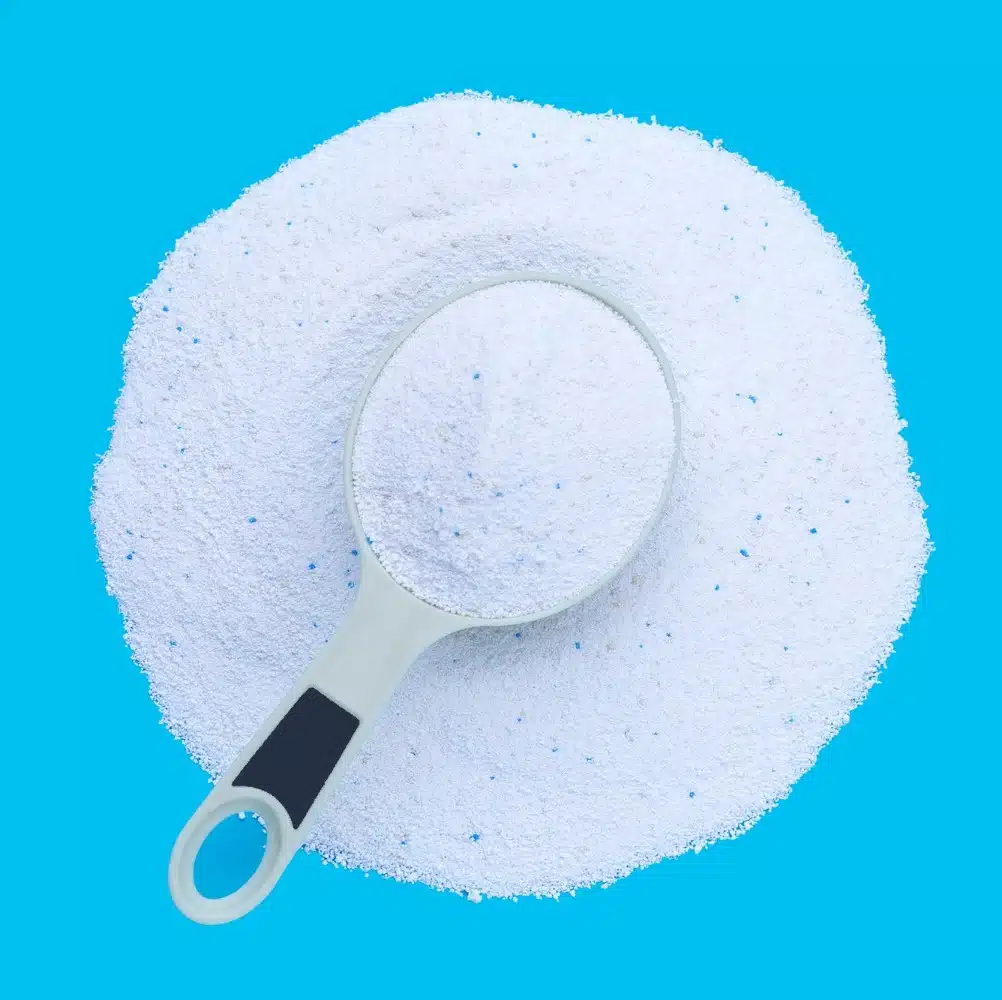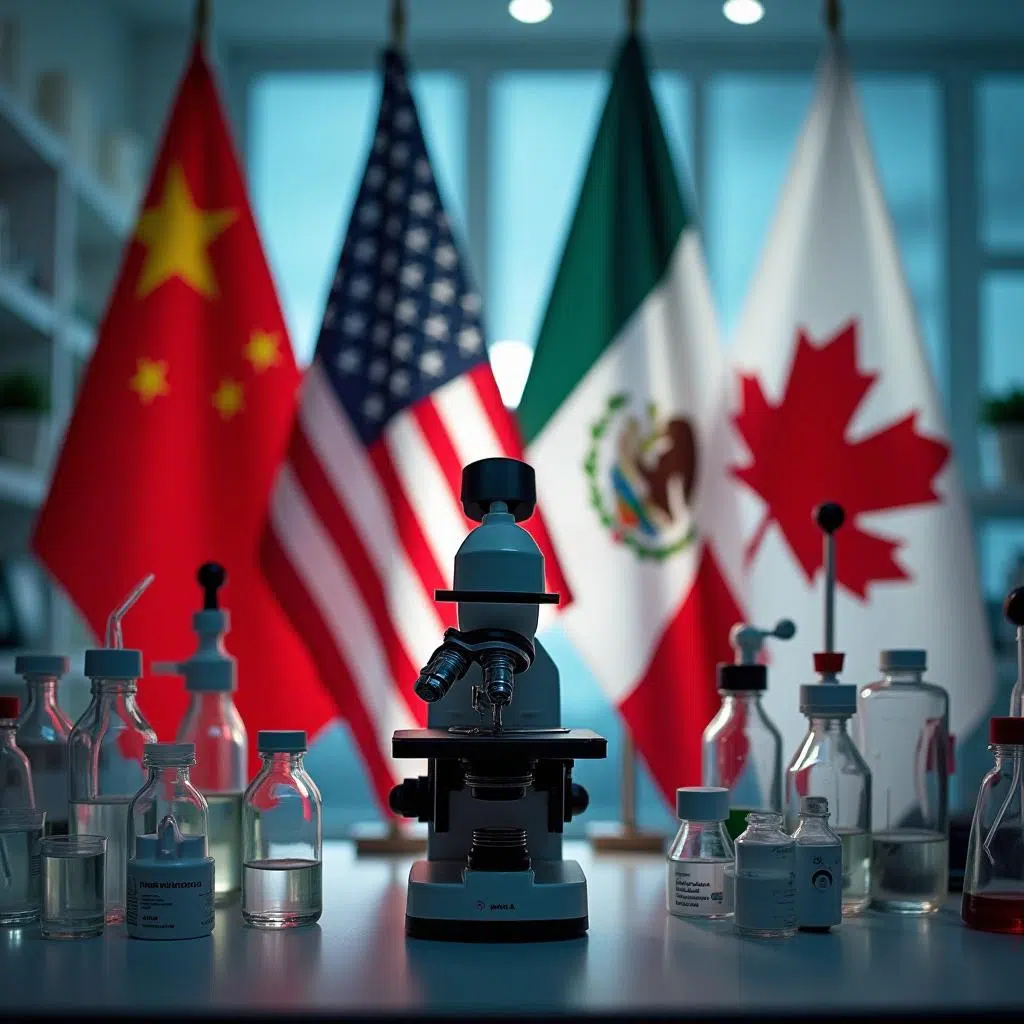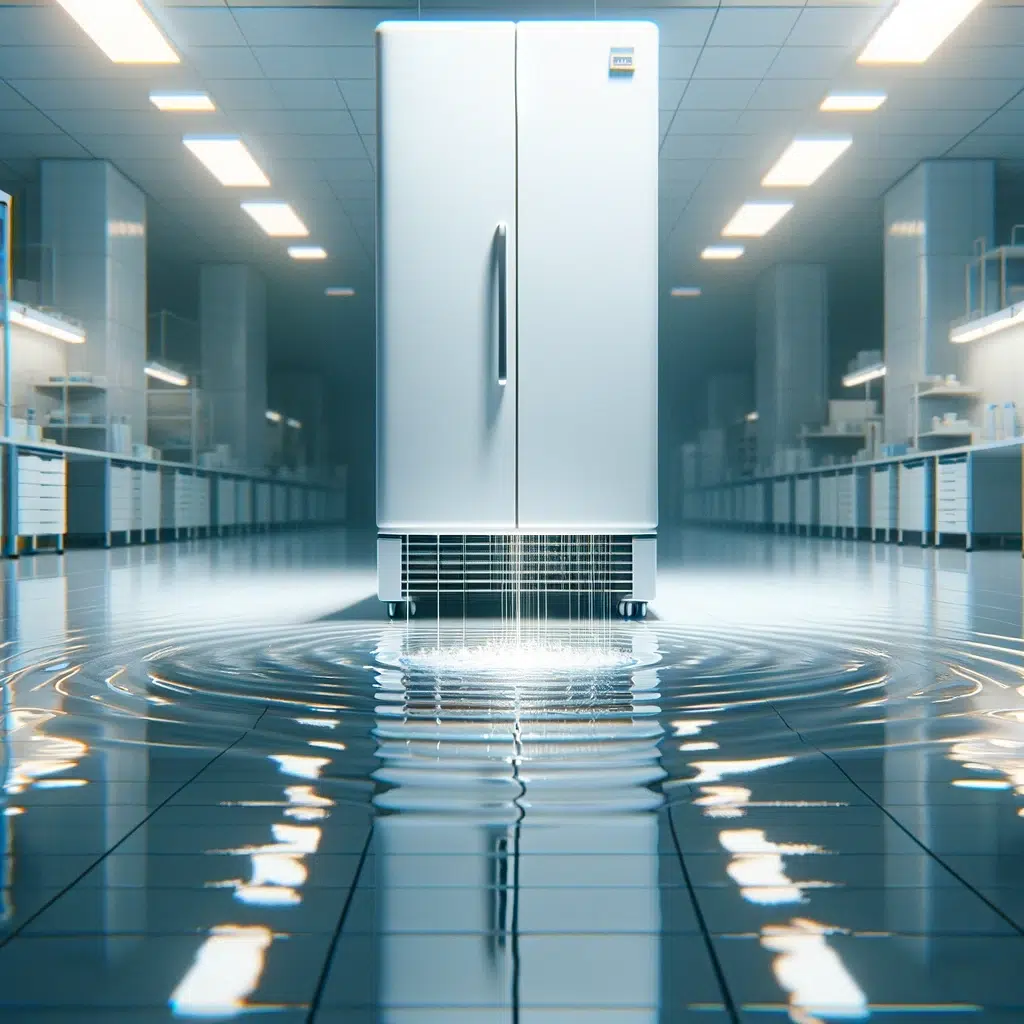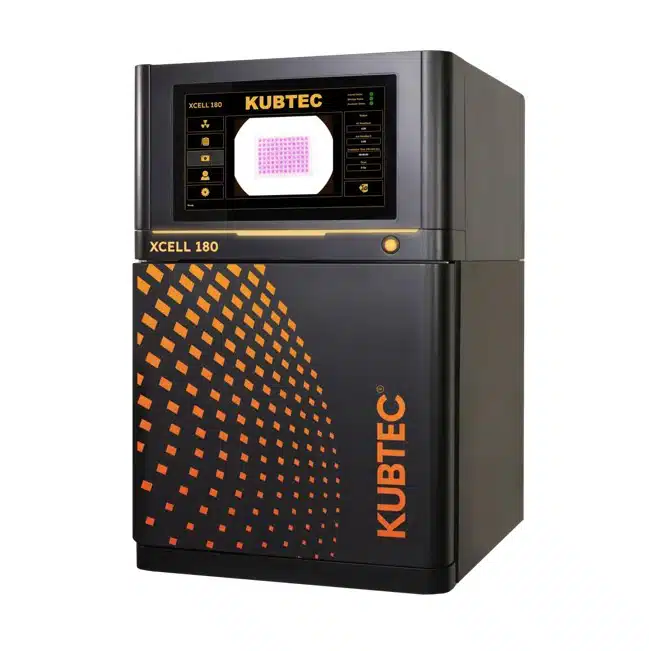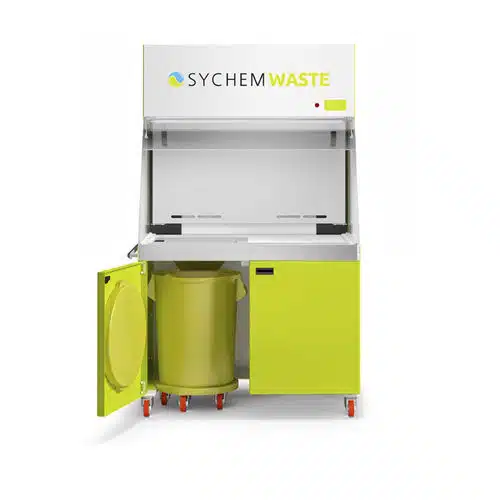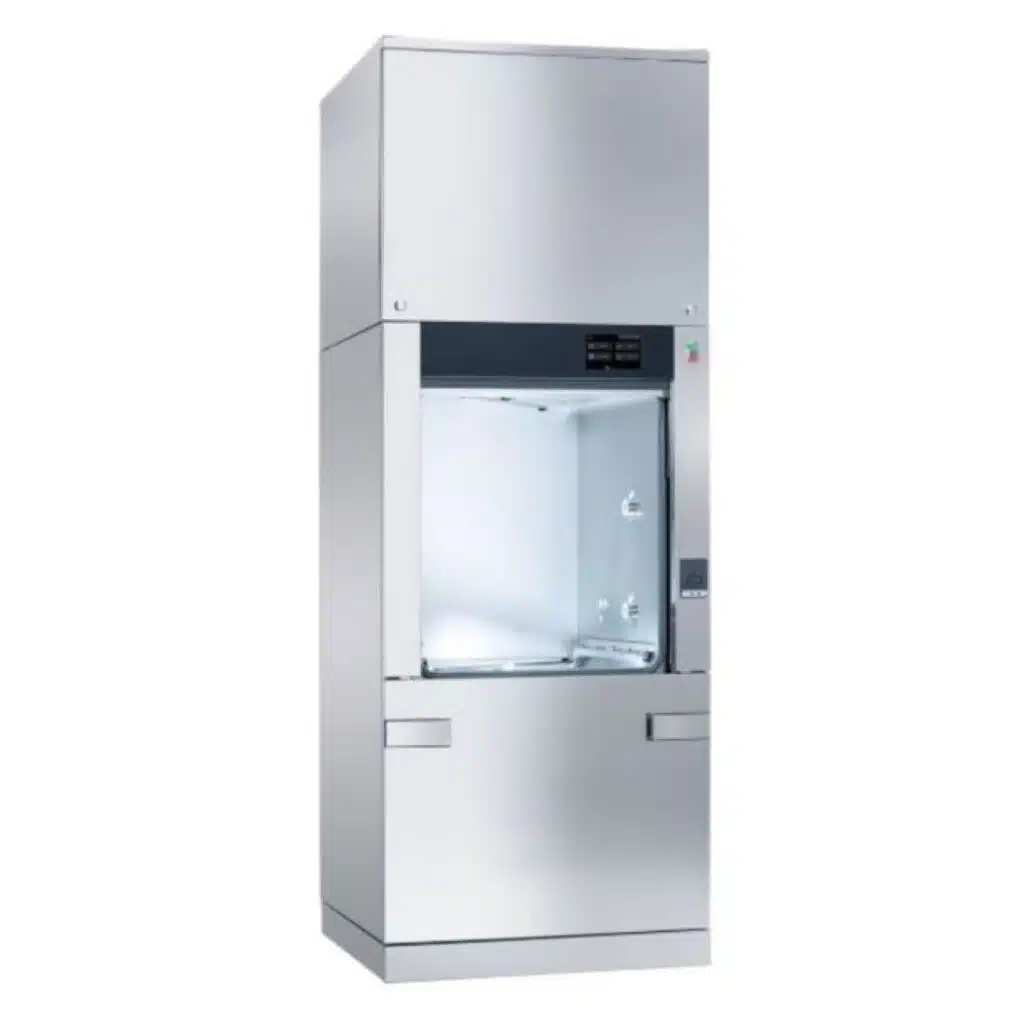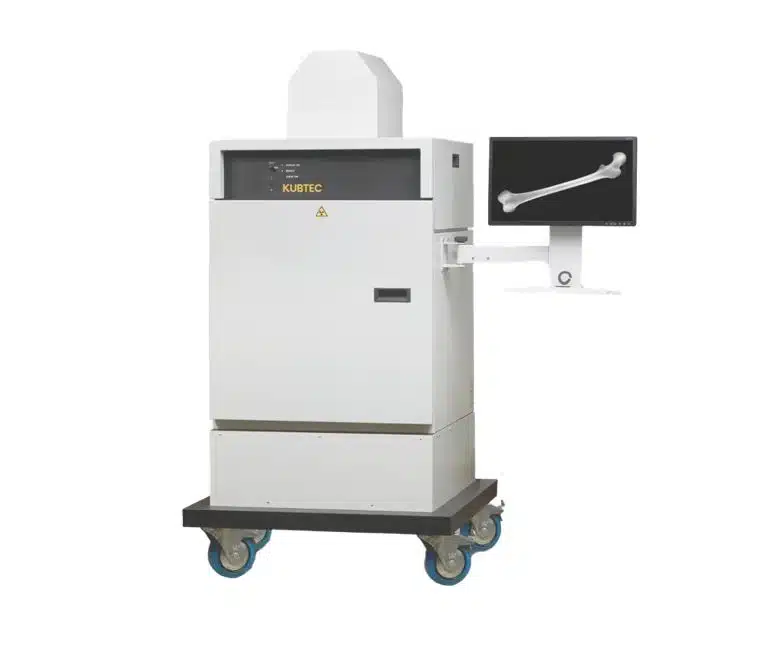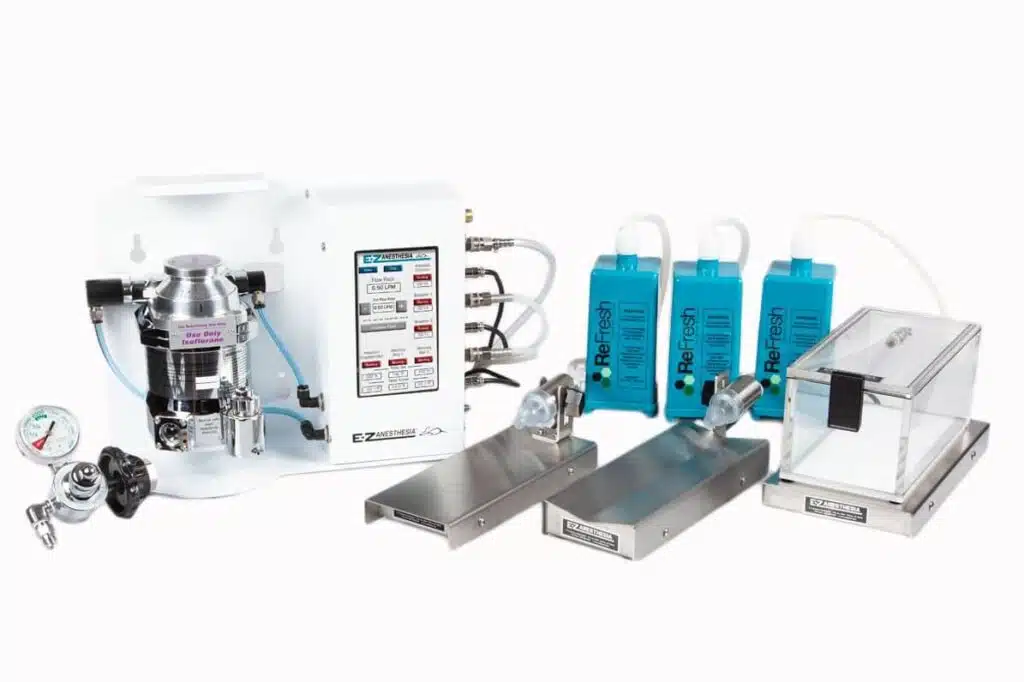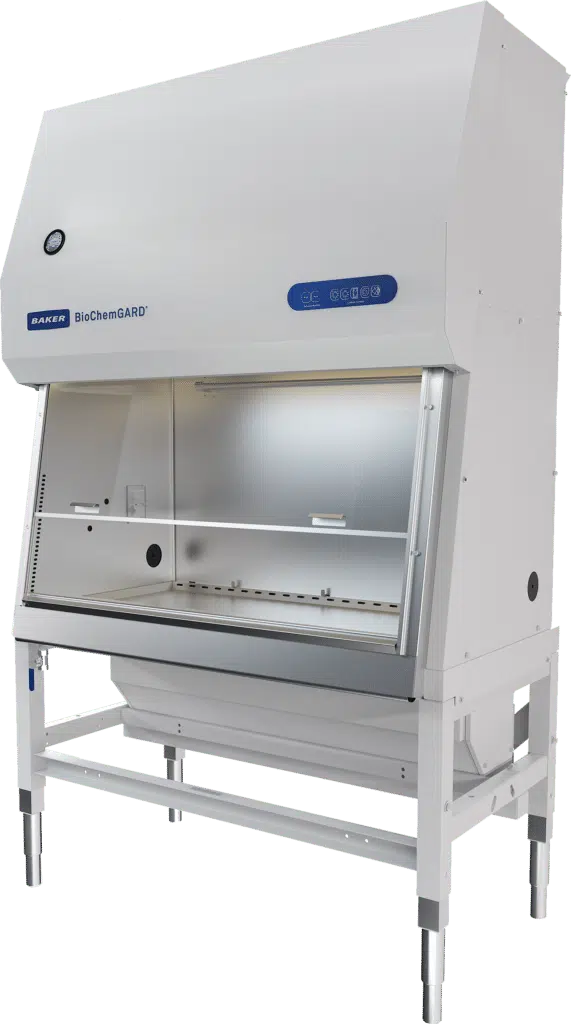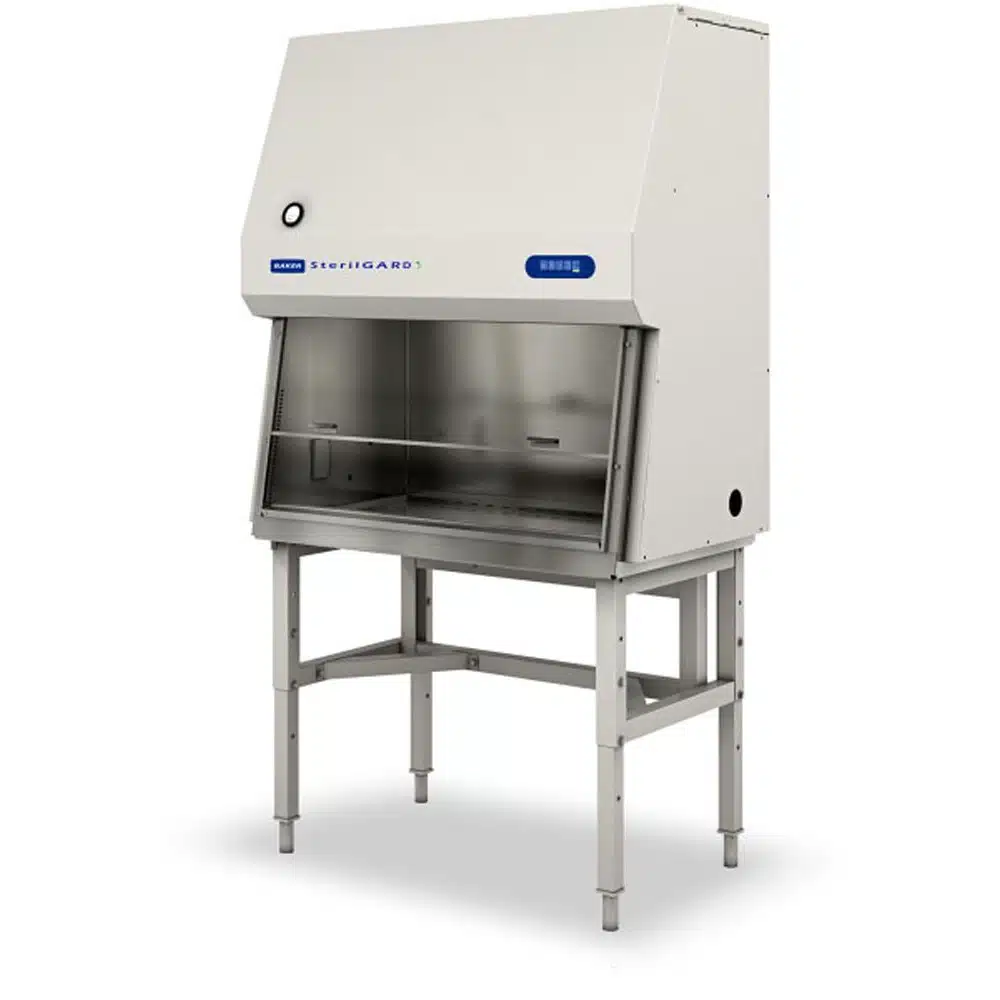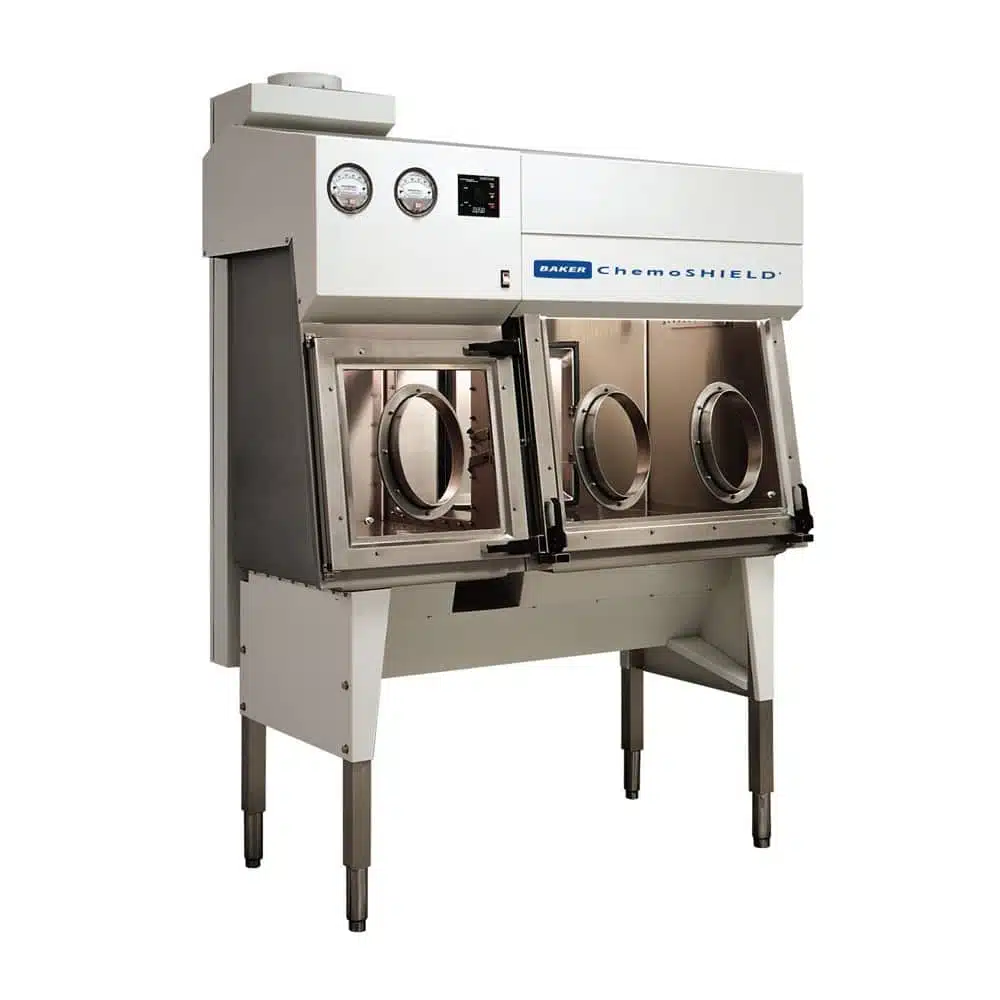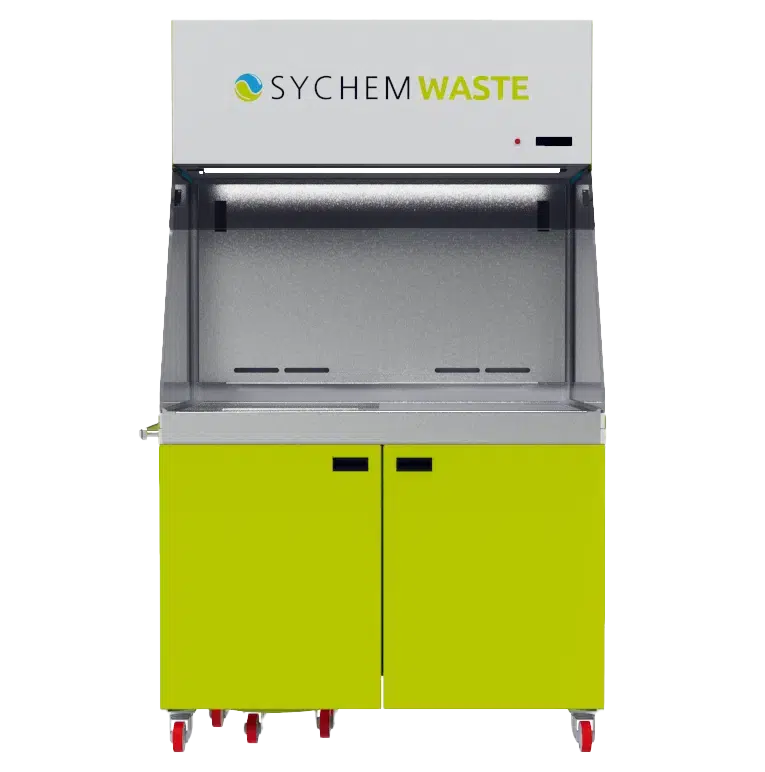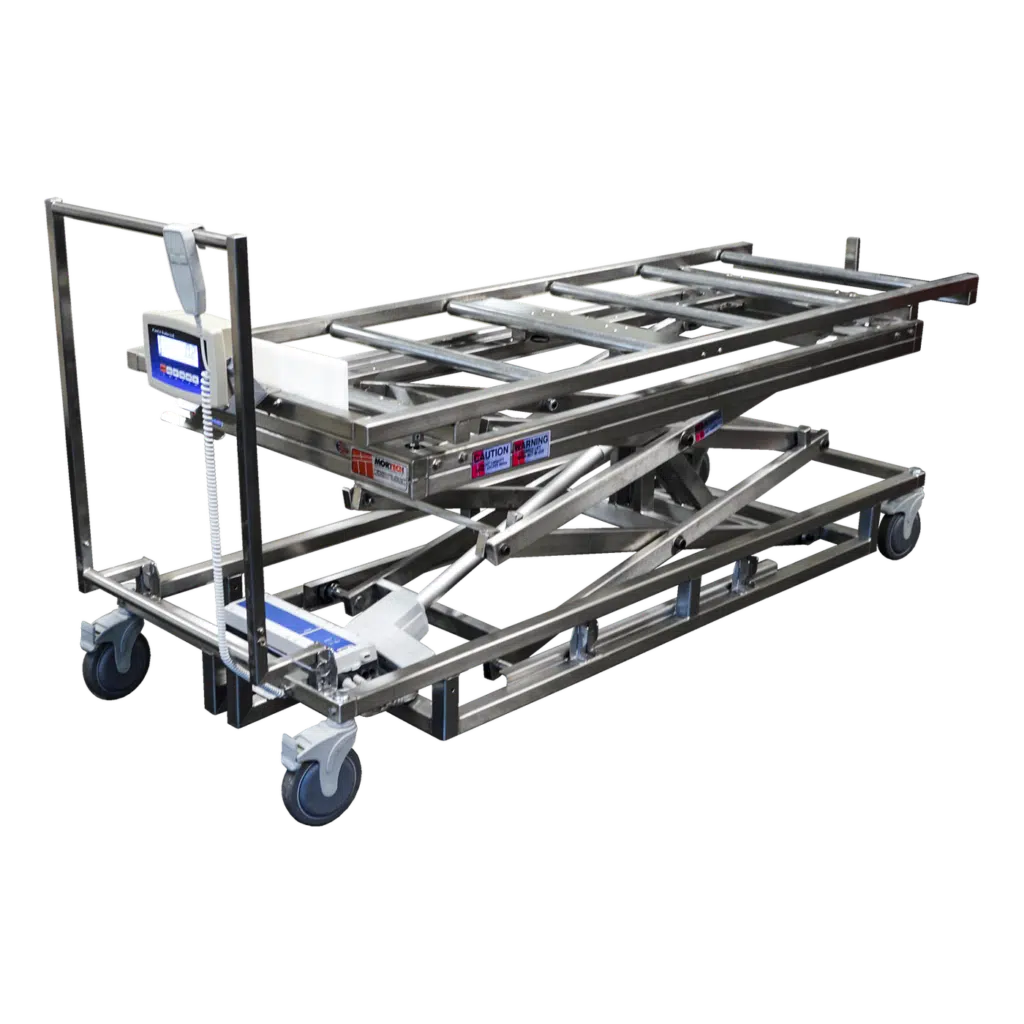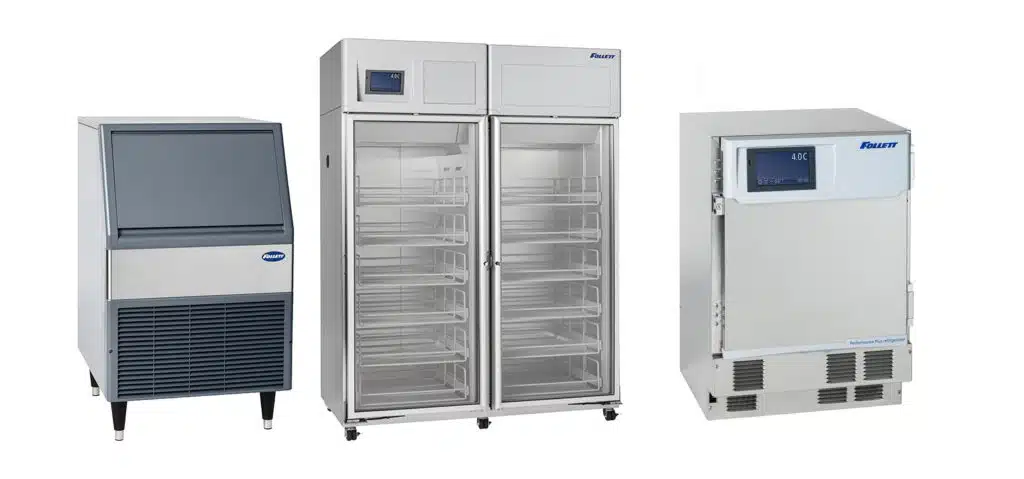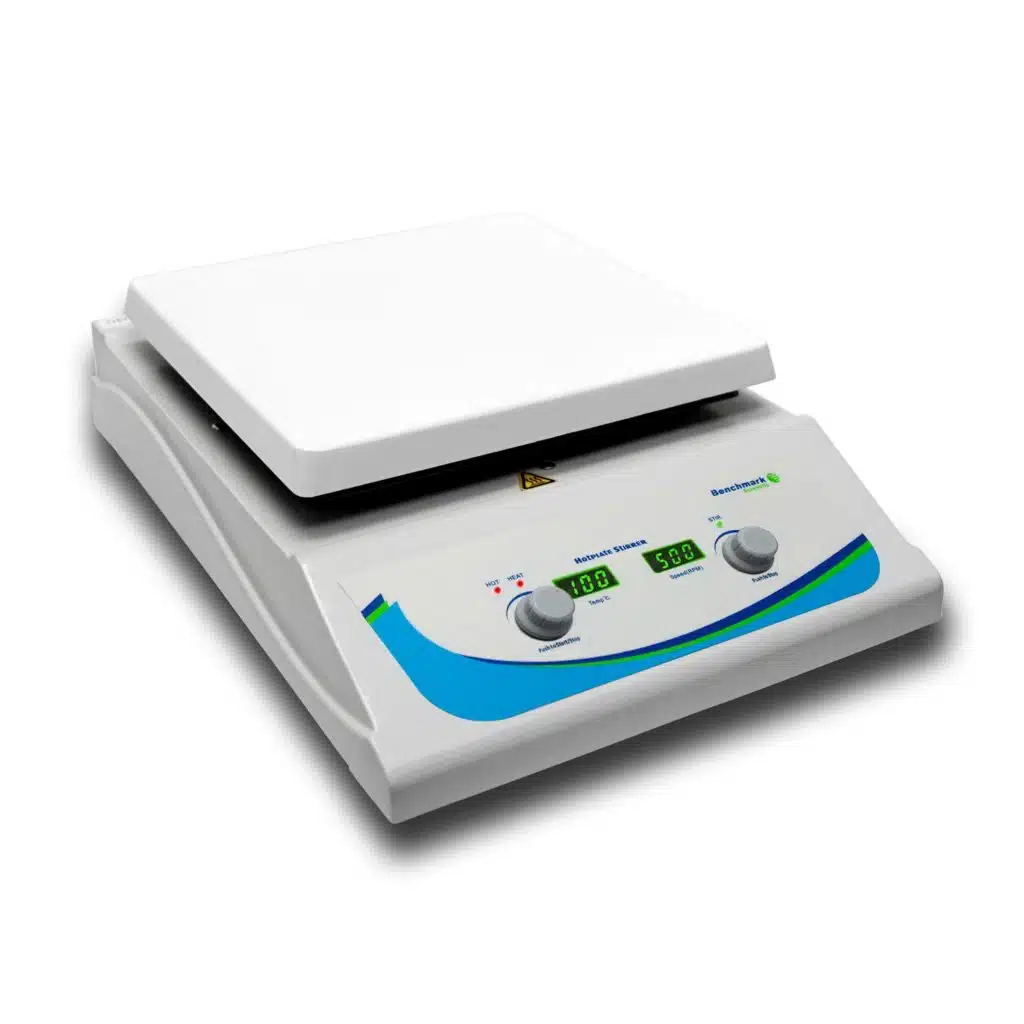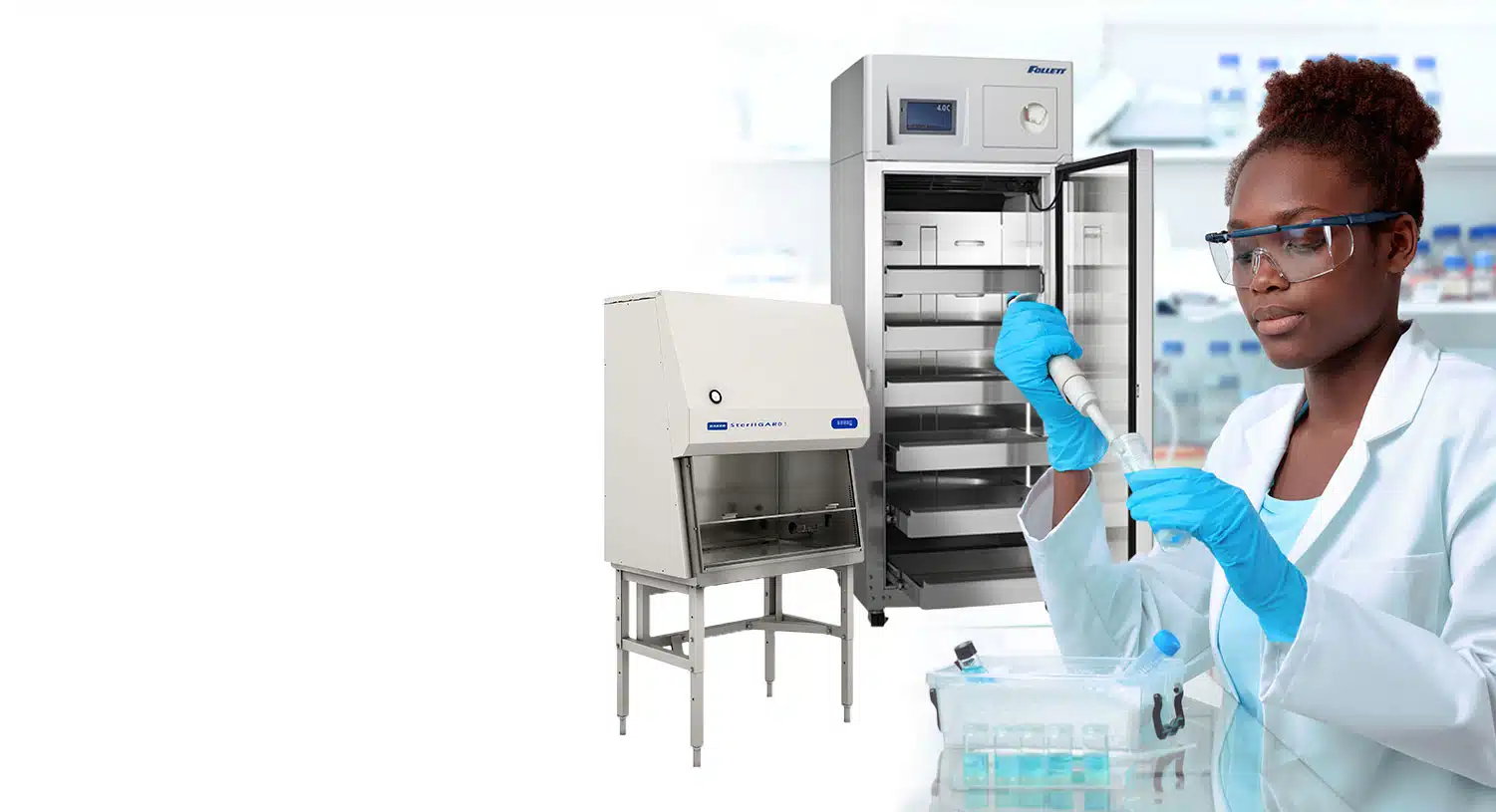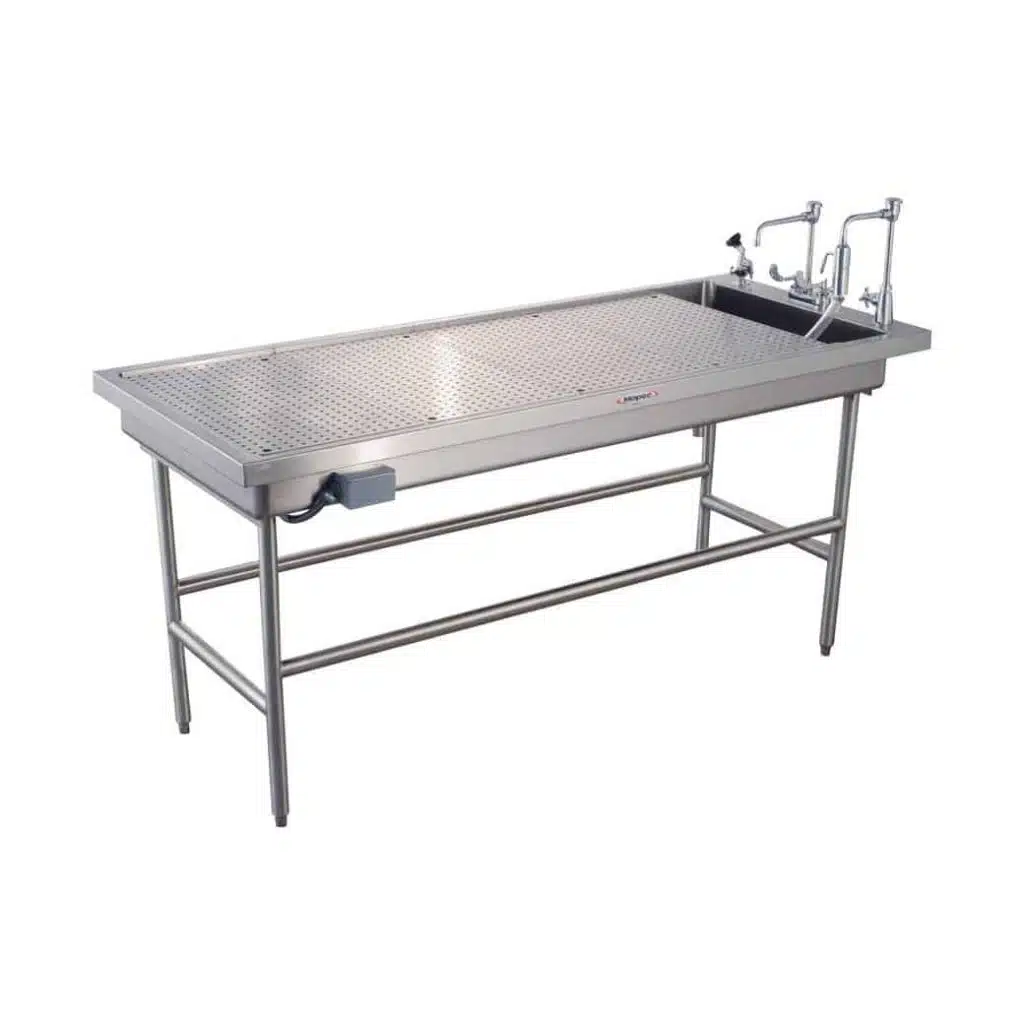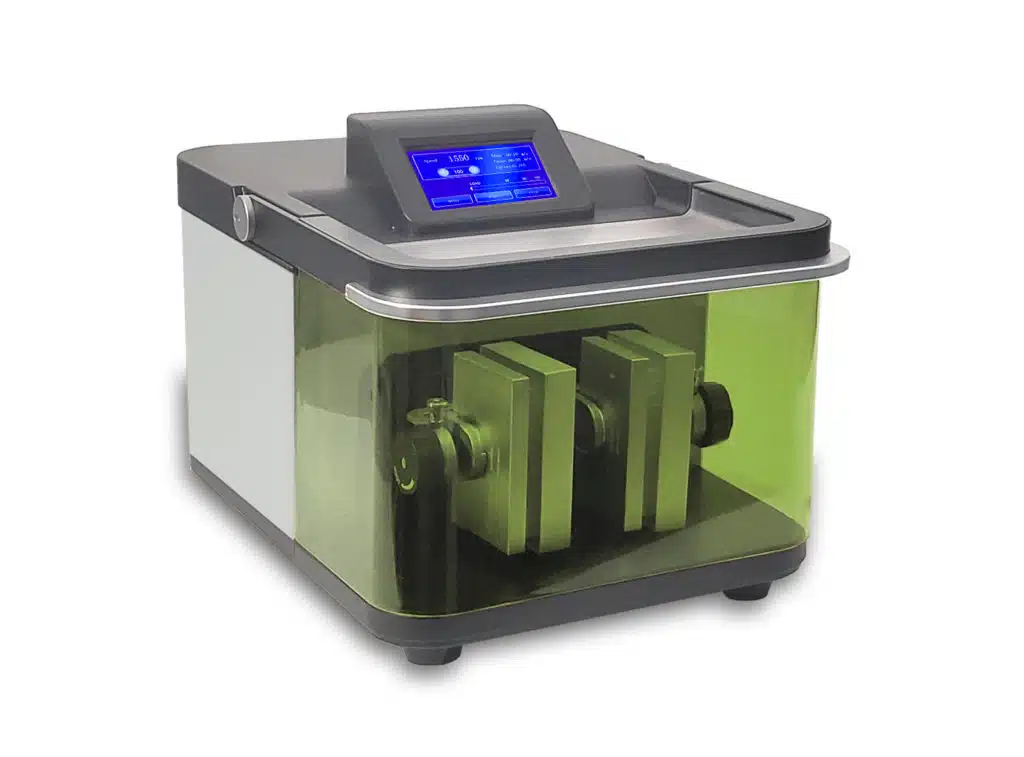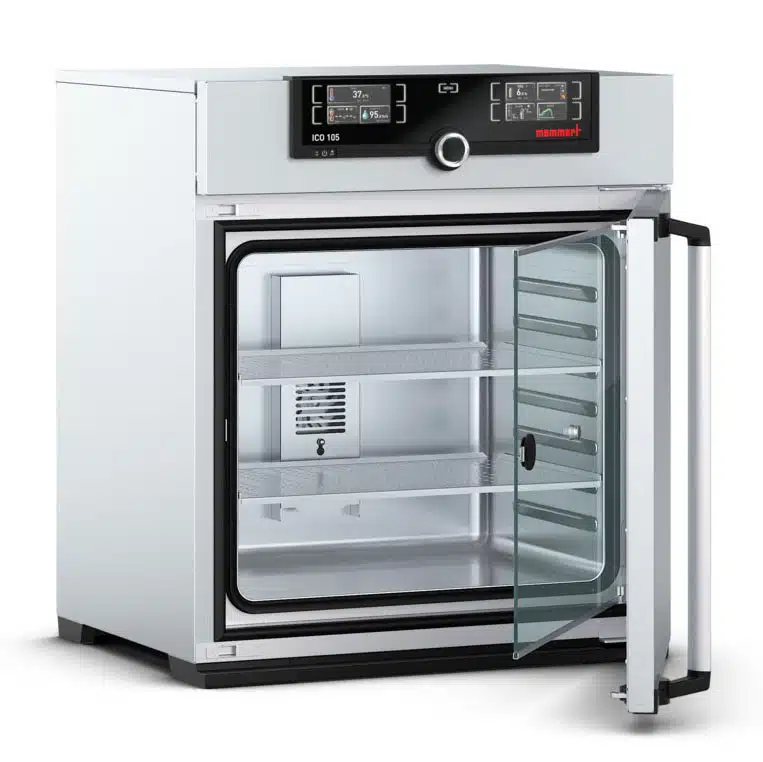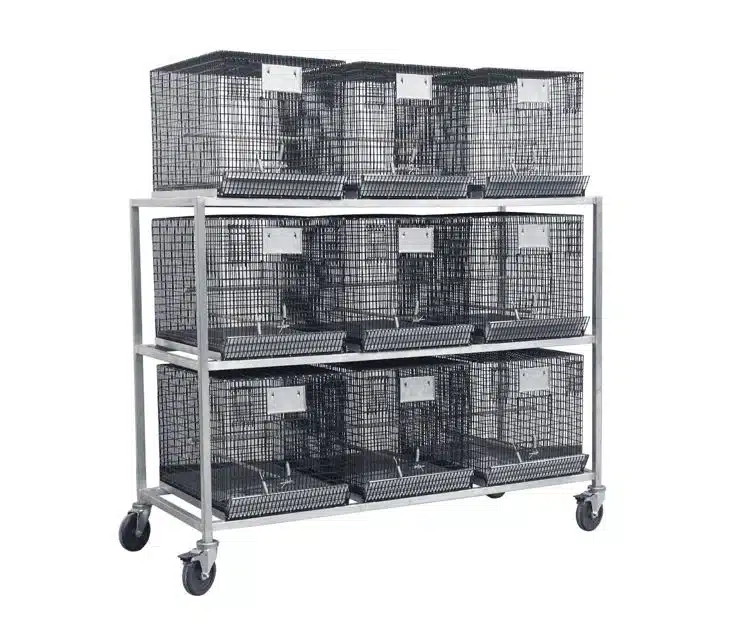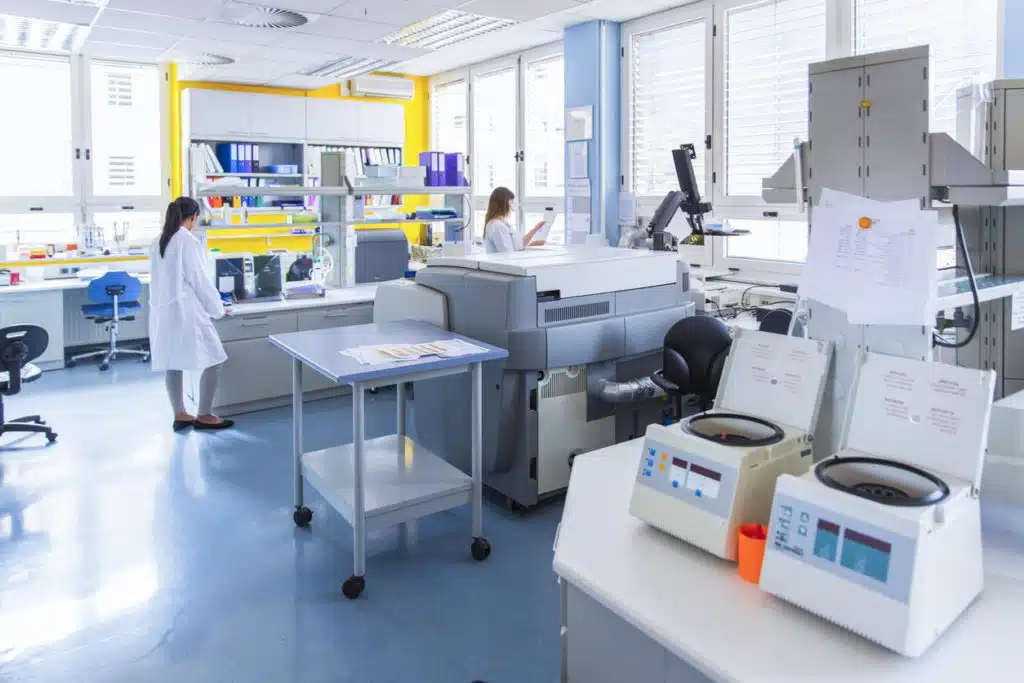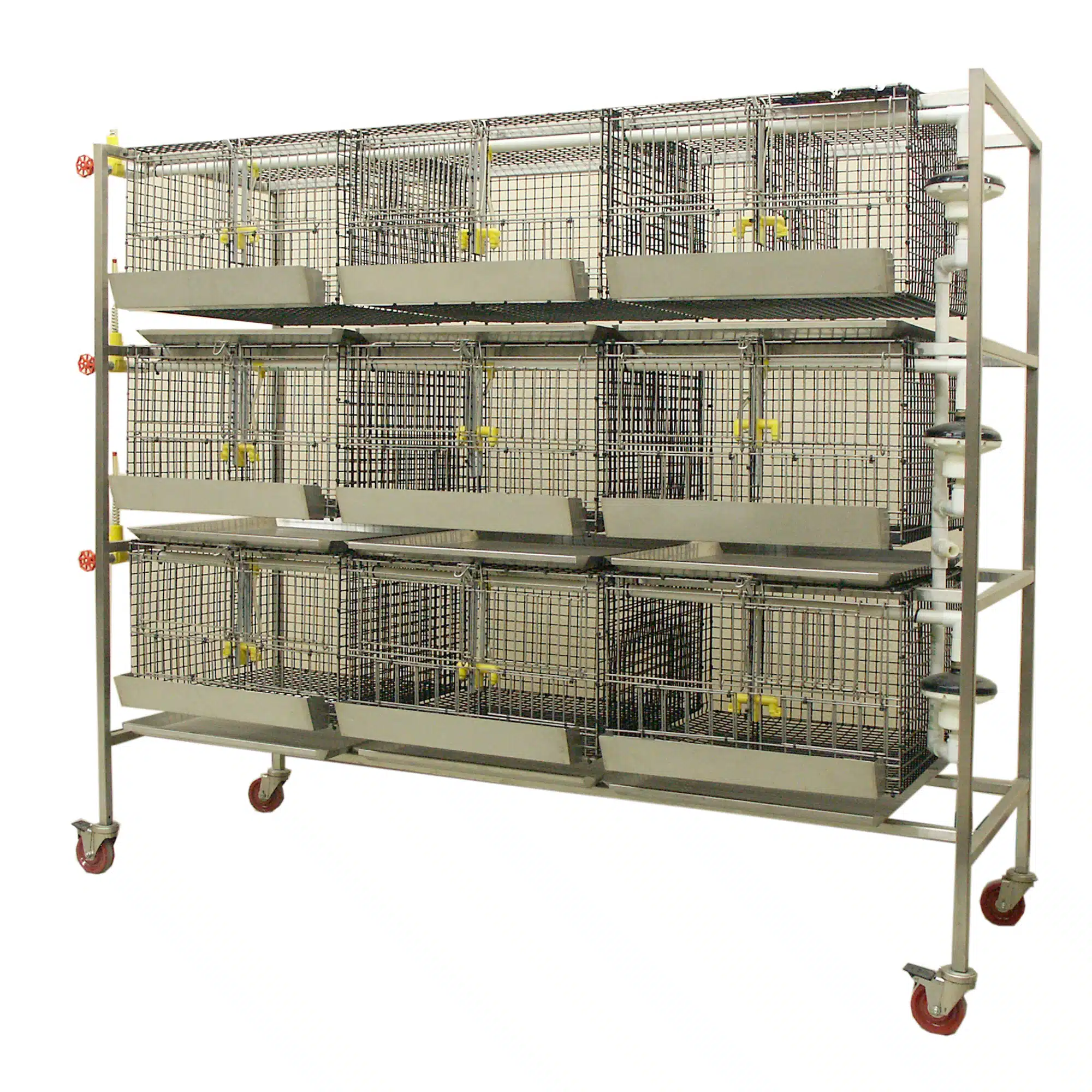Selecting the best laboratory glassware washer can be a challenging prospect. There are various formats of lab and industrial washers, and though many have a level of versatility, most washing machines are designed for a specific purpose. Limited functionality is not always a holdback. Many applications require a dedicated laboratory sterilizer; you may need a microplate washer and a surgical instrument washer. By and large, these two devices will not be the same. Once you have determined the purpose of your glassware washer, you will need to determine the desired throughput.
So, what other concerns might you have if you have decided you need a high throughput cage and rack washer, for example, capable of sterilizing anything from a few to a thousand cages per hour?
This article will provide a comprehensive overview of the additional technical information you may need to consider during the lab glassware washer selection process. We will use a range of examples, from laboratory water baths to tunnel cage washers, but the information included is intended as a general guide with no specific product focus.
What utilities do you need?
Laboratory glassware washers have a wide array of utility connections for cold, hot and/or demineralized water. If hot and cold water is used, it may be recommended to have a water softener, depending on the local water quality. Some lab glassware washers have an integrated water softener, whereas others require separate softening equipment.
Additionally, it is essential to look at the electrical connections, which can vary from lab to lab for this kind of equipment. While a 115V connection might already be available in the lab space, the washers connected to this voltage have much longer cycle times than washers connected to a three-phase 208V connection. Labs using more than one glassware washer or labs with a lot of glassware to clean each day should choose the three-phase 208V connection for shorter cycle times.
Washers also require a drain. Many local codes require that drain water be sufficiently “quenched” or cooled before it is released into the drain. Facilities should access the local code and inquire with the manufacturer about configuring the washer to meet these requirements.
What Type of Door Configuration?
Lab washers can have a glass door or a solid door. A glass door allows the user to look inside the chamber while a program is running. While a solid door does not offer this view, it is the less expensive choice. Also, many lab glassware washers have monitoring features to check the spray pressure to ensure the best cleaning performance and alert when, for example, a spray arm is blocked; thus, the glass door becomes an optional feature rather than a necessity.
What about Cycle Programmability?
When evaluating the actual program cycles for cleaning glassware in a lab washer, optimum cleaning performance and resource efficiency are important. The first step is for a laboratory to determine the required analytical grade, namely, the degree of cleanliness or the residual contamination allowed to remain on the glassware. This then dictates what equipment and features the lab glassware washer requires. Some applications may require a final rinse with demineralized water; some might even require thermal disinfection. There are various forms of sterile processing to consider.
Every cleaning process is based on the Sinner’s Circle, which illustrates the mechanism of action for cleaning and disinfection processes as a circle with four interdependent sectors representing mechanical action, chemicals, temperature and time.
The individual sectors can be adjusted within the cleaning process, but their total needs to remain the same. To ensure the perfect interplay of the four factors and thus achieve excellent cleaning results combined with efficient resources, the laboratory glassware washer must be equipped with state-of-the-art mechanical components and innovative features that allow for sufficient settings and programming capabilities.
An example is the circulation pump, the heart of every glassware washer. A standard circulation pump constantly operates at the same speed no matter how much cleaning power is needed. However, a variable speed pump automatically adjusts to the different program stages and needs, allowing optimum cleaning results while reducing water and energy consumption. Overall improved water efficiency when using laboratory glassware washers automatically results in optimized use of cleaning agents required in the cleaning process. Since cleaning agents are a recurring cost factor, it is important to look at ways to reduce the consumption to save money throughout the lifetime of the equipment.
What Cleaning Agents and Pumps Do You Need?
When choosing a lab glassware washer, the cleaning agents needed for each program cycle must be selected too. A lab-grade detergent and neutraliser are needed for cleaning glassware in a lab washer. Some applications, like petroleum, require an additional chemical like an emulsifier. The detergent can be in powder or liquid form. Generally, the powder detergent is added to a dosing compartment integrated into the door, whereas liquid detergent is pumped in with dosing pumps.
Small lab glassware washers often use peristaltic pumps for the dosing of smaller quantities, whereas larger machines usually are equipped with bellows pumps or membrane pumps. The advantage of using liquid detergent is that the amount required can be dosed automatically depending on the selected program. This avoids manual under- or overdosing. In this case, the lab washer should be equipped with a dosage monitoring system that can be used to control whether the dosage is performed (flow control) or the level of the dose applied (quantity control). In addition, minimum quantity controls measure the fill level of the canister and emit a signal or warning if the remaining quantity of detergent is too low. Regarding the available space for the lab washer, there needs to be room for at least two 5L or 10L canisters at the side of the glassware washer. This can be in a side cabinet attached to the washer or, in case the washer is integrated into casework, under the sink next to the washer.
Do you Need Wash and Dry Functionality?
Some lab washers are equipped with air dryers, which ensures that the ambient air is taken in, heated up and blown into the wash chamber to dry the glassware from the outside as well as inside. This requires filtration of the room air taken in, which is done with high-efficiency particle air filters called HEPA filters. It is convenient to choose a glassware washer with integrated active hot-air drying, to eliminate the need for additional drying ovens. There are significant space savings with wash and dry integration as no additional drying ovens are needed. Note: narrow-necked glassware will not dry without the lab washer having a hot-air drying function.
What About Temperature Requirements & Temperature Control?
Flexible programming capabilities ensure the right temperature and time settings for any application from cleaning to disinfection or even pasteurization. For example, typical laboratory glassware with medium soiling can be cleaned at a relatively high temperature of 75 degrees Celsius with a holding time of 3 minutes. Plastic labware that is not that temperature-resistant may need a lower temperature with a longer holding time. That shows how these two factors interact with each other. A standard program cycle for critical research applications takes about 30 to 45 minutes. Depending on the application and soiling, a program cycle could be reduced to only 20 minutes.
Do you Require Baskets and Inserts?
Each laboratory glassware washer needs baskets and inserts to hold the glassware during the cleaning process properly. These baskets and inserts are selected based on the type and size of the glassware. In the case of wide-necked glassware (e.g. beakers), cleaning with a spray arm is sufficient. In the case of narrow-necked glassware (e.g. round-bottomed flasks, volumetric flasks, pipettes), a basket or load carrier with injector nozzles is required for adequate inside cleaning of the glassware. The taller the glassware is, the longer the injector nozzle should be and the larger the diameter of the glassware, the broader the nozzle should be. This ensures that the optimal water quantity reaches the internal surfaces of the glassware. In addition, it is also important to bear the weight in mind and select a corresponding adapter or injector nozzle for cleaning larger glassware.
When evaluating baskets and inserts it is also important to note if you have existing glassware washers that are using these types of accessories and whether your new machine will have interchangeability of accessories with your existing investments.
Don’t Forget about Validation
Certain applications require validation protocols for the laboratory glassware washer such as IQ/OQ/PQ which are methods for demonstrating that equipment being used or installed will offer a high degree of quality assurance such that production processes will consistently manufacture products that meet quality requirements.[1] When selecting a laboratory washer, one should assess whether these requirements are necessary for the application and regulating agencies and consult with the manufacturer to determine if protocols are available for purchase.
Budget, Warranty, Service and Other Important Considerations
Last but not least, monetary resources can sometimes be limited for lab equipment and the temptation is to choose a residential dishwasher for a lab. Lab washers must comply with specific regulatory and safety guidelines for lab equipment and are meant to clean laboratory glassware which entails exposure to harsh chemicals that only higher-quality stainless steel can withstand. While a residential dishwasher is a perfect solution to clean kitchen utensils like plates, wine glasses and silverware, it is not suitable to properly clean lab glassware for life science specifications.
The contamination and thus cleaning requirements in a lab are completely different than in a kitchen; therefore, lab glassware washers are much more powerful than residential dishwashers. Moreover, residential dishwashers do not allow for the required programming capabilities. Additionally, the baskets and inserts for a kitchen dishwasher cannot properly hold lab glassware and utensils for being cleaned. Good examples are pipettes or narrow-necked volumetric cylinders, which need to be cleaned from the inside so injectors on the wash racks need to ensure the water flow within the narrow inside of these items to get properly cleaned. A residential dishwasher cannot do this so it should never be considered for a lab room.
As with any complex mechanical equipment, reviewing the manufacturer warranty and service network is always important when evaluating your purchase.
Ready to Purchase Your Next Glassware Washer?
If you would like an overview of the information that you should gather and consider prior to evaluating different manufacturers and models of laboratory glassware washers, please see our companion piece How To Select Your Best “Forever Home” Laboratory Glassware Washer.
Once you have gone through that exercise, you can contact your expert equipment specialist at ARES Scientific, knowing that you are well prepared for answering all of the questions that he or she will ask in order to help choose the best laboratory glassware washer for you.


